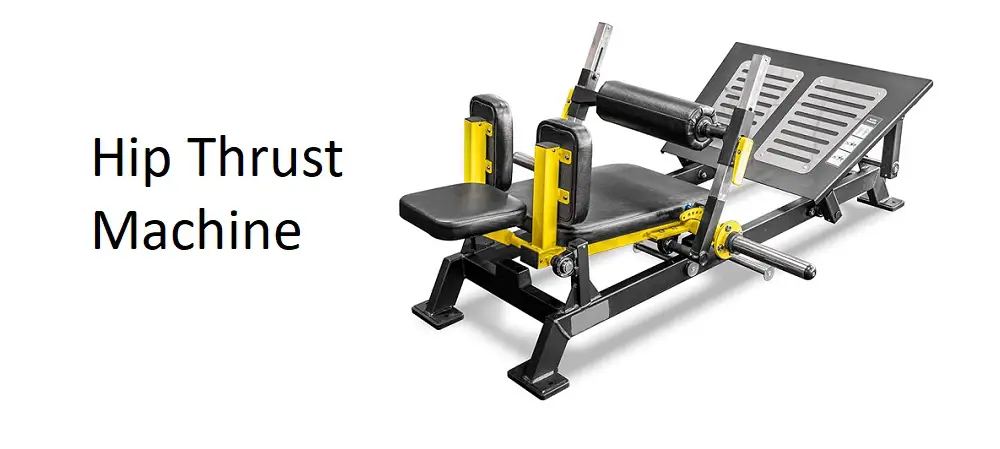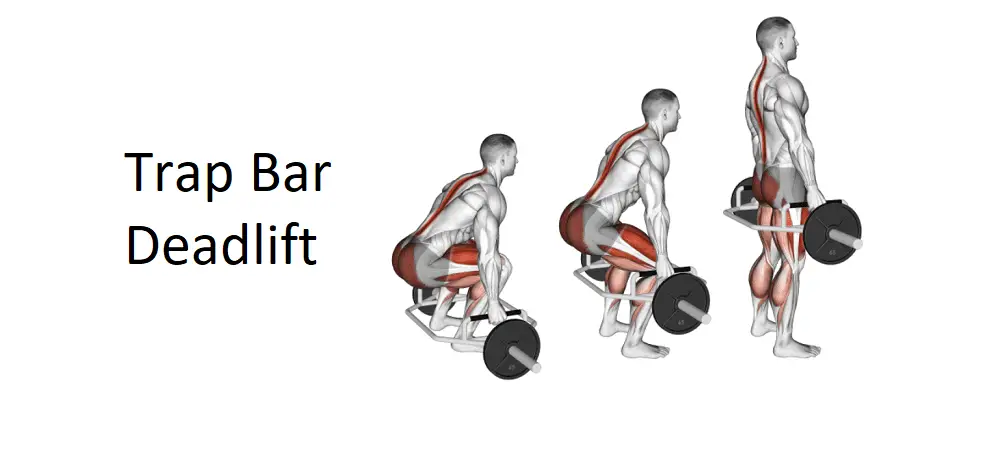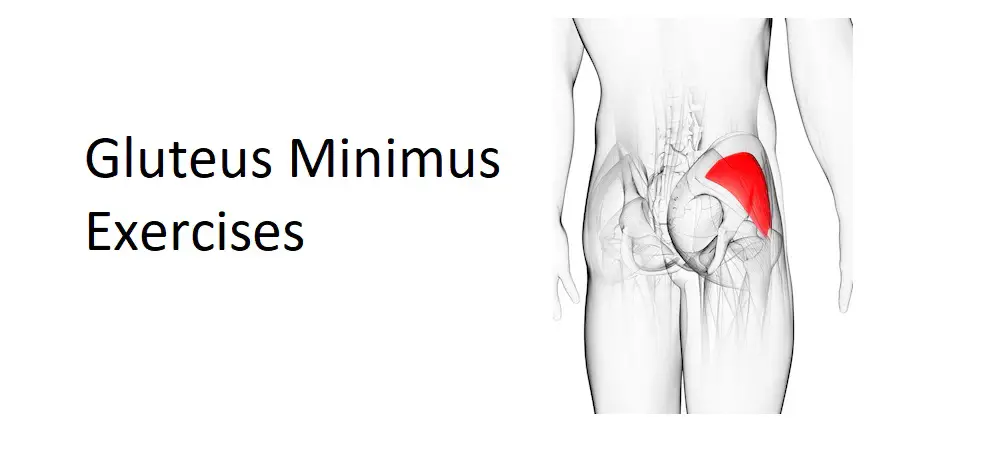Table of Contents
Introduction of Hip Thrust Machine
Hip Thrust Machine – In the realm of lower body training, few exercises rival the effectiveness and versatility of the hip thrust. Whether you’re an athlete looking to enhance performance, a fitness enthusiast aiming for aesthetic gains, or someone seeking to improve functional strength, the hip thrust machine emerges as a formidable ally in your quest for lower body dominance. In this comprehensive guide, we will delve into every aspect of the hip thrust machine, from its setup and usage to a myriad of exercises and frequently asked questions, providing you with the knowledge and tools to unlock the full potential of this remarkable piece of equipment.
Understanding the Hip Thrust Machine
The hip thrust machine, also known as the glute bridge machine, is specifically designed to target the glutes and hamstrings through a controlled and isolated movement pattern. Unlike traditional hip thrusts performed on a bench with free weights, the hip thrust machine offers added stability, support, and adjustability, making it suitable for users of all fitness levels. Its ergonomic design features a seat, backrest, foot platform, and often a weight stack or resistance bands, allowing for precise adjustments to accommodate individual preferences and biomechanics.
Setting Up the Hip Thrust Machine
Proper setup is crucial to ensure optimal performance and safety during hip thrust exercises using Hip Thrust Machine. Begin by adjusting the seat height to align with your hips, allowing for a comfortable range of motion. Next, select the appropriate resistance level by adjusting the weight stack or attaching resistance bands to the designated hooks. Position yourself on the machine with your back against the backrest and your feet flat on the foot platform, ensuring stability and proper alignment. Secure any safety pins or locking mechanisms in place before initiating the exercise to prevent accidents or injuries.
Mastering the Movement using Hip Thrust Machine
Executing the hip thrust movement with precision and control is essential for maximizing its effectiveness and minimizing the risk of injury. Start by engaging your core muscles to stabilize your spine and pelvis, maintaining a neutral alignment throughout the exercise. Push through your heels and drive your hips upward until your body forms a straight line from shoulders to knees, emphasizing the contraction of the glutes and hamstrings at the top of the movement. Lower your hips back down in a controlled manner, maintaining tension in the target muscles throughout the entire range of motion. Repeat for the desired number of repetitions, focusing on quality of movement and muscle engagement.
Exercises Done Using Hip Thrust Machine
While the standard hip thrust is the cornerstone of lower body training on the Hip Thrust Machine, there are numerous variations and progressions that can be incorporated to target different muscle groups and address specific training objectives.
- Single-Leg Hip Thrust: Lift one foot off the platform and perform the hip thrust movement unilaterally, challenging balance, stability, and muscular coordination.
- Banded Hip Thrust: Incorporate resistance bands around your thighs or hips to add extra tension to the movement, intensifying the challenge and activating the gluteus medius and minimus to a greater extent.
- Weighted Hip Thrust: Hold a weight plate, dumbbell, or kettlebell across your hips to increase resistance and further stimulate muscle growth and strength development.
- Elevated Hip Thrust: Place your feet on an elevated surface, such as a step or bench, to increase the range of motion and deepen the stretch on the glutes and hamstrings, enhancing muscle activation and recruitment.
Benefits of Hip Thrust Machine
The hip thrust machine offers a myriad of benefits that extend beyond mere aesthetic improvements. From enhanced athletic performance to injury prevention and rehabilitation, incorporating hip thrusts into your workout routine can yield significant advantages, including:
- Increased Glute Activation: The hip thrust machine isolates and targets the glute muscles more effectively than traditional exercises, leading to greater activation and hypertrophy.
- Improved Hip Extension Strength: Hip thrusts develop hip extension strength, a critical component of athletic performance, sprinting, jumping, and powerlifting movements.
- Reduced Risk of Lower Back Injury: By placing less stress on the lower back compared to exercises like squats and deadlifts, hip thrusts can help reduce the risk of lower back injuries while still providing a challenging lower body workout.
- Enhanced Posterior Chain Development: Hip thrusts engage the entire posterior chain, including the glutes, hamstrings, and lower back, promoting balanced muscle development and functional strength.
- Versatility and Adaptability: The hip thrust machine accommodates various resistance levels, foot placements, and exercise variations, making it suitable for users of all fitness levels and training goals.
Advanced Techniques and Variations:
- Paused Hip Thrusts: Incorporate a brief pause at the top of the movement to increase time under tension and enhance muscle activation, particularly in the glutes.
- Contrast Sets: Pair hip thrusts using Hip Thrust Machine with complementary exercises such as squats or deadlifts to create contrast sets, stimulating greater muscle growth and strength gains.
- Pre-Exhaustion: Perform isolation exercises such as glute bridges or hip abductions before hip thrusts to pre-exhaust the glutes, intensifying their recruitment during the compound movement.
Accessory Equipment for Hip Thrust Machine
- Hip Thrust Pad: Attach a padded cushion to the barbell or Hip Thrust Machine to provide additional comfort and support during hip thrust exercises, minimizing discomfort and pressure on the hips and pelvis.
- Resistance Bands: Use resistance bands in conjunction with the hip thrust machine to add variable resistance, accommodating resistance curves, and increasing the challenge throughout the range of motion.
- Ankle Weights: Strap ankle weights around your ankles to increase resistance and target the glutes and hamstrings more effectively, especially during single-leg variations of hip thrusts.
Programming and Progression
- Progressive Overload: Gradually increase the resistance, volume, or intensity of hip thrust exercises using Hip Thrust Machineover time to promote continuous muscle growth, strength gains, and adaptation.
- Periodization: Implement periodization principles such as linear periodization, undulating periodization, or conjugate periodization to vary training stimuli, prevent plateaus, and optimize long-term progress.
- Deloading: Periodically reduce training volume or intensity through deloading phases to facilitate recovery, prevent overtraining, and maintain joint health and integrity.
Biomechanics and Muscle Activation
- Glute Activation: Research indicates that hip thrusts elicit high levels of glute activation compared to other lower body exercises, making them an effective choice for targeting and strengthening the glute muscles.
- Hamstring Engagement: While hip thrusts primarily target the glutes, they also engage the hamstrings to a significant extent, contributing to overall lower body development and functionality.
- Stabilizer Muscles: In addition to the primary movers (glutes and hamstrings), hip thrusts recruit stabilizer muscles such as the core, hip flexors, and quadriceps to maintain balance, stability, and proper alignment throughout the movement.
Injury Prevention and Rehabilitation
- Hip Mobility: Incorporate dynamic hip mobility exercises such as leg swings, hip circles, and hip flexor stretches to improve hip flexibility, range of motion, and joint health, reducing the risk of injuries while using Hip Thrust Machine.
- Core Stability: Strengthen the core muscles through exercises such as planks, Russian twists, and bird dogs to enhance spinal stability and prevent excessive lumbar extension or flexion during hip thrusts.
- Proper Form: Emphasize proper technique, alignment, and posture during hip thrusts to minimize stress on the lower back, knees, and other vulnerable areas, reducing the likelihood of overuse injuries or muscular imbalances.
Functional Applications of Hip Thrust Machine
- Sports Performance: Hip thrusts are highly transferable to sports and athletic activities that require explosive lower body power, such as sprinting, jumping, cutting, and change of direction movements.
- Daily Functionality: Strong glutes and hamstrings are essential for various activities of daily living, including walking, running, climbing stairs, and lifting objects, enhancing overall functional capacity and quality of life.
- Rehabilitation: Hip thrusts can be incorporated into rehabilitation programs for individuals recovering from lower body injuries or surgeries, helping restore strength, stability, and mobility in the hips and surrounding musculature.
FAQs for Hip Thrust Machine
Addressing common questions and concerns about the hip thrust machine can help users optimize their training experience and achieve their desired outcomes. Here are some frequently asked questions along with detailed answers:
Is the Hip Thrust Machine Suitable for Beginners?
Yes, the hip thrust machine provides support, stability, and adjustability, making it suitable for beginners to learn and perform the exercise with proper form and technique. Start with lighter resistance and focus on mastering the movement pattern before progressing to heavier loads.
How Often Should I Incorporate Hip Thrusts into My Workout Routine?
The frequency of hip thrusts depends on individual goals, preferences, and overall workout programming. However, incorporating hip thrusts 1-3 times per week can be effective for strengthening the glutes, improving lower body performance, and promoting muscle growth and hypertrophy.
Can I Adjust the Resistance on the Hip Thrust Machine?
Yes, most hip thrust machines feature adjustable weight stacks or resistance bands, allowing users to customize the resistance level according to their fitness level, strength, and training goals. Start with a moderate resistance level and gradually increase as you progress.
Are Hip Thrusts Safe for Individuals with Lower Back Issues?
When performed with proper form and technique, hip thrusts can be safe for individuals with lower back issues. However, it’s essential to start with lighter resistance, focus on maintaining a neutral spine alignment, and consult with a healthcare professional or fitness instructor if you have any concerns or existing injuries.
Conclusion of Hip Thrust Machine
In conclusion, the hip thrust machine stands as a testament to innovation and effectiveness in the realm of lower body training. Its ergonomic design, adjustability, and versatility make it a valuable asset for individuals seeking to develop stronger, shapelier glutes, improve athletic performance, and enhance overall lower body strength and functionality. By mastering the setup, usage, and exercises associated with the hip thrust machine, you can embark on a journey of transformative physical development, unlocking new levels of strength, power, and confidence along the way. Incorporate hip thrusts into your workout routine, and discover the unparalleled benefits of this exceptional exercise modality.
Other Exercise Machines
Check our Home page for the latest posts
Also read Machine Vs. Barbell Hip Thrust: Electromyographic, Biomechanical, And “Ease Of Use” Comparison: 2266








